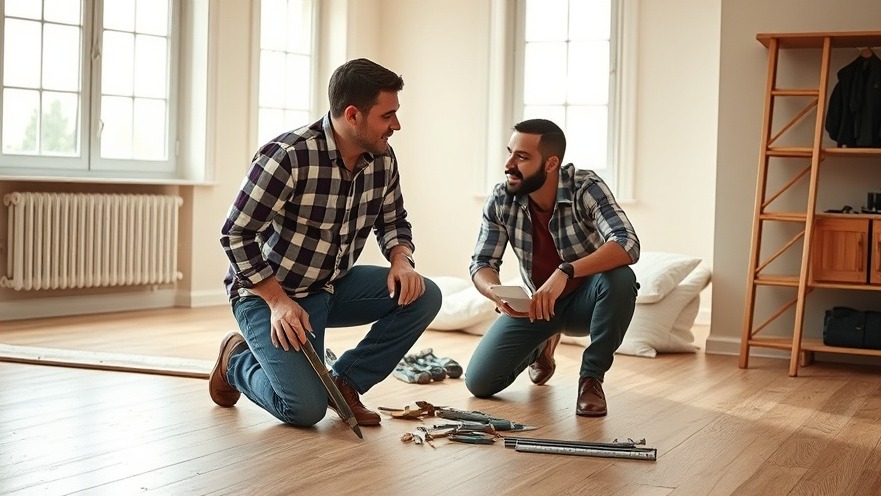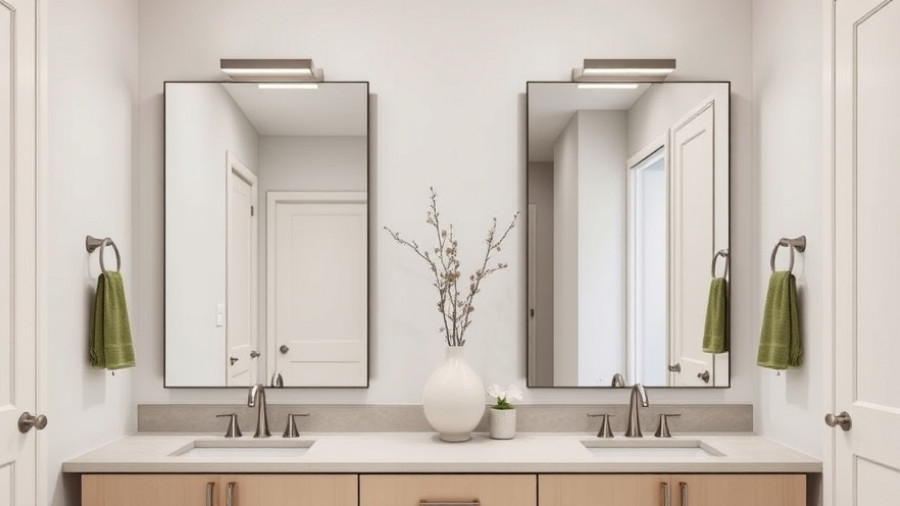
The Timeless Charm of Wide Pine Flooring
Imagine walking into a home and being greeted by the rich, warm tones of wide pine flooring. This charming accent not only enhances a room’s aesthetic appeal but also creates a welcoming atmosphere. Wide pine, especially those measuring nearly 18 inches, brings a rustic touch that resonates with homeowners looking for both beauty and authenticity in their living spaces.
Why Choose Wide Pine Flooring?
Despite its soft nature, many homeowners are drawn to wide pine flooring for its unique appearance and historical significance. The softwood, characterized by its knots and swirling grain patterns, offers a distinctive look that solid hardwood floors cannot replicate. This allure often leads people to opt for wide pine flooring as it harmonizes beautifully with various interior design styles, from traditional to modern. Furthermore, its design versatility makes it adaptable to numerous renovations, enhancing the overall character of a home.
The Installation Process Simplified
As shared by Josias, an expert in flooring installation, laying down wide pine involves critical steps to ensure longevity and quality. Starting with a moisture barrier is essential in preventing unwanted dampness, which can lead to future issues such as cupping. The choice of a glue-down method uniquely benefits this installation, as it secures each board firmly in place, minimizing movement that can cause damage over time.
Next, employing cut nails that replicate traditional styles ensures not only a secure fit but also preserves the authentic look that many homeowners desire. Avoiding any nailing across the grain of the boards is crucial to prevent splitting, thus protecting your investment. By working carefully, professionals provide a level of craftsmanship that makes all the difference.
Choosing the Right Finish
Once your wide pine flooring is installed, the finishing touches can elevate your space further. After sanding the surface, selecting the right stain and polyurethane finish will enhance its natural beauty while providing durability against wear and tear. The right finish can help hide minor blemishes that may appear over time, making maintenance easier while preserving that stunning first impression.
Long-Term Benefits of Wide Pine Flooring
Investing in wide pine flooring not only adds visual interest but also potential resale value since unique features often attract buyers. Homeowners should remember that despite the longer installation process and the care required in maintaining softwood, the character it brings to their home is unmatched. The blend of comfort, beauty, and history makes it a timeless choice.
In "Installing Ultra-Wide Pine Flooring | This Old House," we explored the detailed process of incorporating wide pine flooring into home renovations. The insights shared underscore the craftsmanship required and the thoughtful choices homeowners must make to achieve a desired aesthetic while ensuring quality and durability for years.
If you’re considering a flooring project or simply want to explore more home renovation ideas, keep following relevant projects and tips to enhance your living space.
 Add Row
Add Row  Add
Add 




Write A Comment